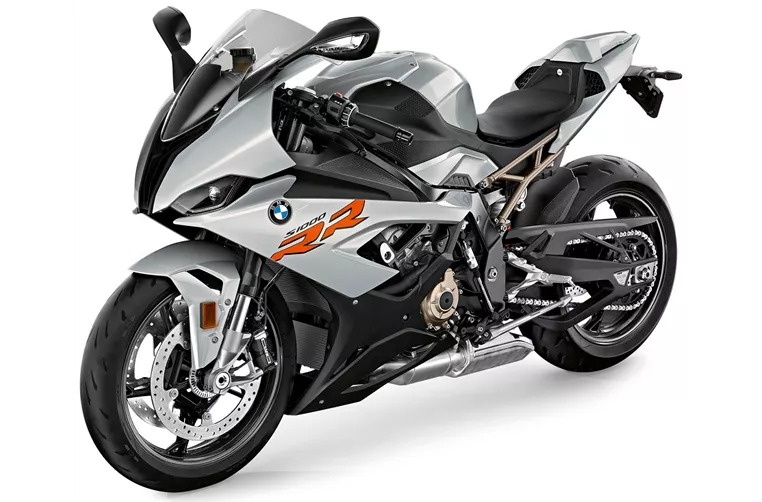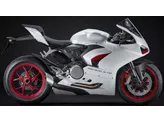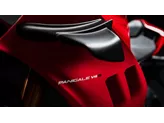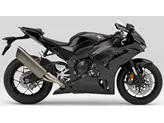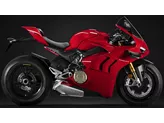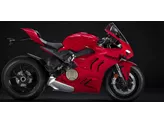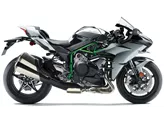BMW S 1000 RR 2020 vs. Ducati Panigale V4 2018
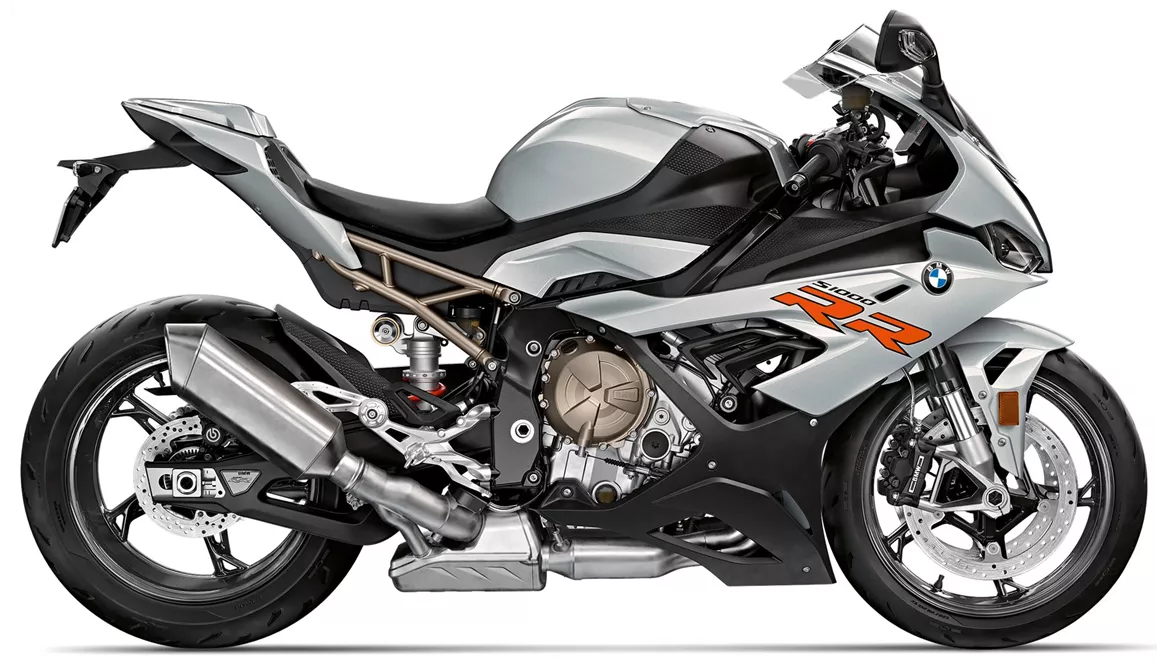
BMW S 1000 RR 2020

Ducati Panigale V4 2018
Overview - BMW S 1000 RR 2020 vs Ducati Panigale V4 2018
The BMW S 1000 RR model year 2020 and the Ducati Panigale V4 model year 2018 are both powerful and high-performance supersport motorcycles. However, there are several key differences between the two models.
In terms of engine specifications, the BMW S 1000 RR is equipped with an in-line, 4-cylinder engine with a displacement of 999cc. It produces 207 horsepower and 113 Nm of torque. The engine features DOHC (Double Overhead Camshaft) technology and has a compression ratio of 13.3. On the other hand, the Ducati Panigale V4 is powered by a V4 engine with a displacement of 1103cc. It generates 214 horsepower and 124 Nm of torque. The engine utilizes Desmodromic valves and has a compression ratio of 14.
In terms of suspension, both motorcycles feature upside-down telescopic forks at the front and a monoshock at the rear. However, the BMW S 1000 RR has a front fork diameter of 45mm, while the Ducati Panigale V4 has a slightly smaller diameter of 43mm. Both motorcycles offer adjustment options for compression, preload, and rebound. The rear suspension of both models is made of aluminum.
In terms of chassis, both motorcycles have an aluminum frame. However, the BMW S 1000 RR features a twin-tube, load-bearing engine frame type, while the Ducati Panigale V4 has a monocoque frame type. The BMW S 1000 RR has a rake of 66.9 degrees and a trail of 93.9mm, while the Ducati Panigale V4 has a slightly smaller rake of 65.5 degrees and a trail of 100mm.

BMW S 1000 RR 2020
Both motorcycles are equipped with double disk brakes at the front, but the Ducati Panigale V4 has larger diameter disks of 330mm compared to the 320mm disks on the BMW S 1000 RR. Both motorcycles feature radial technology for the front brakes, providing improved braking performance. The Ducati Panigale V4 also has monoblock brakes, which further enhance braking performance.
In terms of advanced rider assistance systems, both motorcycles offer ABS (Anti-lock Braking System). Additionally, the BMW S 1000 RR comes with riding modes, launch control, ride by wire, a quickshifter, and traction control. The Ducati Panigale V4, on the other hand, only offers ABS as an advanced rider assistance system.
In terms of dimensions and weights, both motorcycles have a front tire width of 120mm and a front tire diameter of 17 inches. However, the Ducati Panigale V4 has a slightly wider rear tire width of 200mm compared to the 190mm width on the BMW S 1000 RR. Both motorcycles have a wheelbase of around 1450-1470mm and a seat height of around 820-830mm. The BMW S 1000 RR has a kerb weight (with ABS) of 197kg, while the Ducati Panigale V4 weighs slightly more at 198kg. Both motorcycles have a fuel tank capacity of around 16 liters.
In terms of equipment, both motorcycles are equipped with LED headlights, providing improved visibility and energy efficiency.
In terms of strengths, the BMW S 1000 RR 2020 offers a very linear power delivery, making it highly controllable. It has a wide rev range and pleasant control, with plenty of pressure in the lower rev range thanks to the ShiftCam technology. The bike also features excellent DDC (Dynamic Damping Control) for precise and top performance. Its electronics package is also highly advanced. Overall, the BMW S 1000 RR offers a harmonious package both on the road and on the racetrack.

Ducati Panigale V4 2018
On the other hand, the Ducati Panigale V4 2018 has a powerful engine with charisma and great manners. It offers a pleasant upper body position compared to other supersport bikes. The chassis is sufficiently dimensioned for country road riding, and the sound of the engine is powerful but not intrusive. The bike also provides good wind protection.
In terms of weaknesses, the BMW S 1000 RR 2020 may seem a bit "characterless" compared to other bikes in its class, such as the Aprilia and Honda. It also lags behind slightly on the spec sheet in direct comparison.
The Ducati Panigale V4 2018 has a couple of weaknesses, including the fact that the seat can get warm, especially in city traffic. The engine and clutch may also feel a little rough in tight hairpin bends.
In conclusion, both the BMW S 1000 RR 2020 and the Ducati Panigale V4 2018 are high-performance supersport motorcycles with their own strengths and weaknesses. The BMW S 1000 RR offers a linear power delivery, wide rev range, and excellent electronics package, making it a well-rounded choice for both road and track use. On the other hand, the Ducati Panigale V4 has a powerful engine, pleasant riding position, and good wind protection, making it a suitable option for riders looking for a charismatic and powerful machine.
Technical Specifications BMW S 1000 RR 2020 compared to Ducati Panigale V4 2018
Pros and Cons in comparison
Pros and Cons in comparison
BMW S 1000 RR 2020
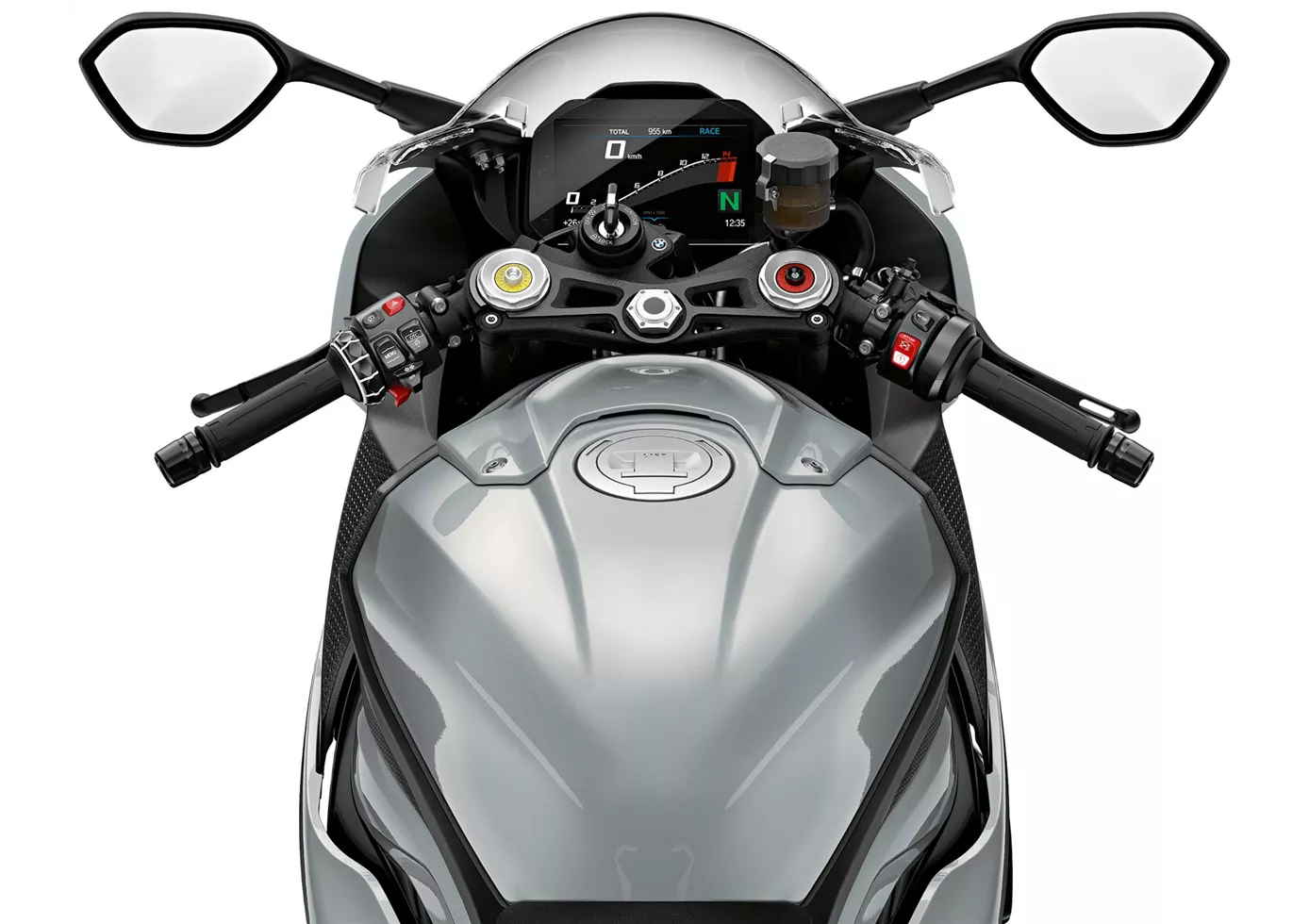
En riktig "allround" superbike. BMW vet hur man utnyttjar sina styrkor både på racerbanan och på landsvägen. Tack vare variabel kamaxelstyrning är den kraftfulla motorn övertygande redan i botten och accelererar harmoniskt över hela varvtalsområdet, med gott om kraft i varje område. För hobbyföraren fungerar chassit utmärkt i alla situationer, ger transparent feedback och erbjuder många inställningsmöjligheter. Sittpositionen är sportig men ändå relativt bekväm. Elektroniken fungerar mycket harmoniskt utan att vara nedlåtande mot föraren - TOPP!
Ducati Panigale V4 2018

Panigale har blivit mycket mer tillgänglig i 2018 års V4-version än tidigare. Motorn, i kombination med elektronikpaketet, är fortfarande inte lika felfri och steril som en radfyra, men i praktiken är den en verklig välsignelse för Ducatisti - och en positiv överraskning för förare av andra märken. Panigale V4 överraskade också med acceptabel körkomfort på landsväg och en behaglig stabilitetsnivå. Utvecklingen här gick helt klart i rätt riktning. Den nya V4 är starkare och snabbare men också enklare och trevligare att köra.
Price Comparison Avarage Market Price BMW S 1000 RR vs Ducati Panigale V4
There are a few key differences between a BMW S 1000 RR 2020 and a Ducati Panigale V4 2018. In terms of price, the actual average price of a BMW S 1000 RR 2020 is about 3% higher. A BMW S 1000 RR 2020 experiences a loss of 430 USD in one year and 140 USD in two years of ownership. This is offset by a loss of 1,130 USD and 2,480 USD for a Ducati Panigale V4 2018. Compared to Ducati Panigale V4 2018 there are more BMW S 1000 RR 2020 bikes available on the 1000PS.de Marketplace, specifically 16 compared to 5. It takes less time to sell a BMW S 1000 RR with 68 days compared to 91 days for a Ducati Panigale V4. Since model year 2010 1000PS.de editors have written 135 reviews for the BMW S 1000 RR and 18 reviews for the Ducati Panigale V4 since model year 2018. The first review for the BMW S 1000 RR was published on 4/16/2008 and now has more than 4,000 views. This compares to more than 131,500 views for the first review on Ducati Panigale V4 published on 11/5/2017.
